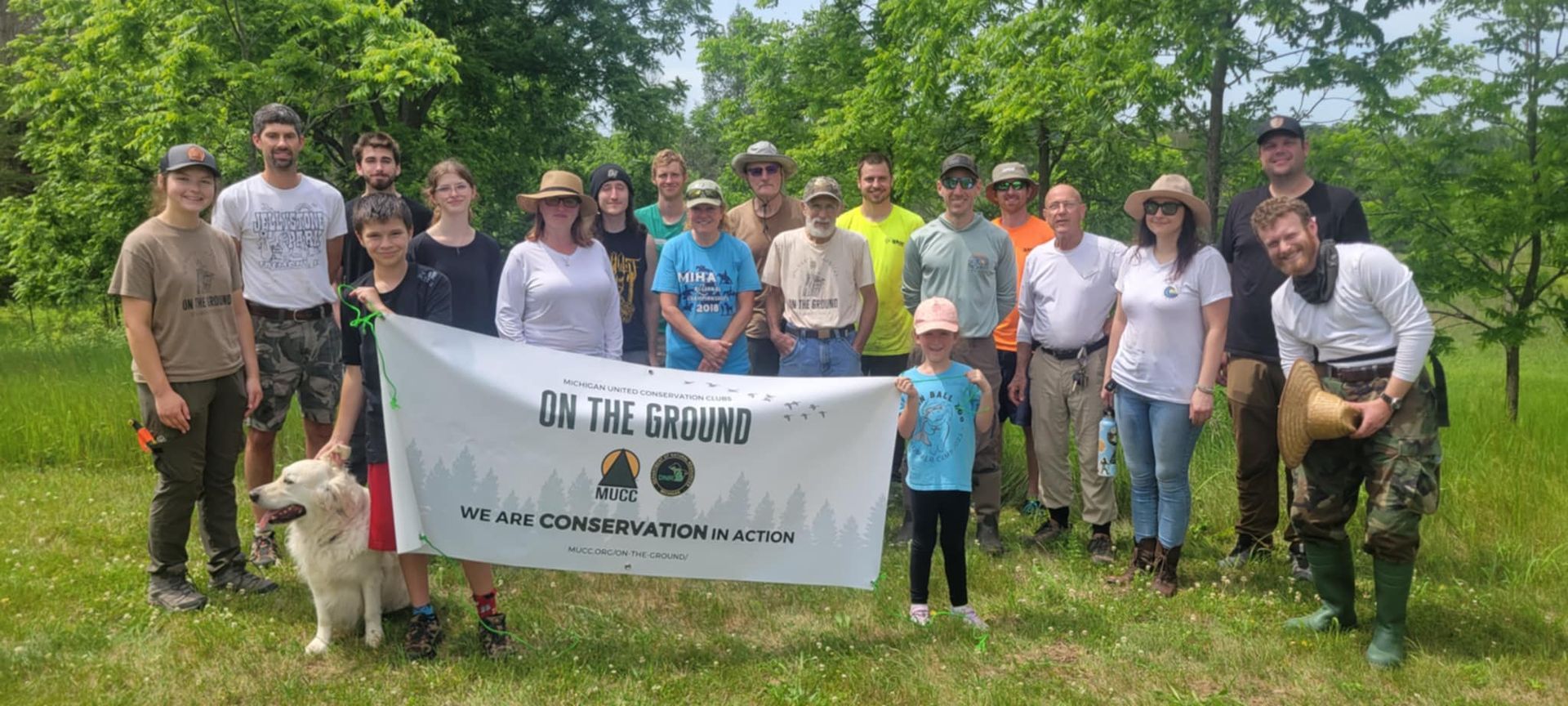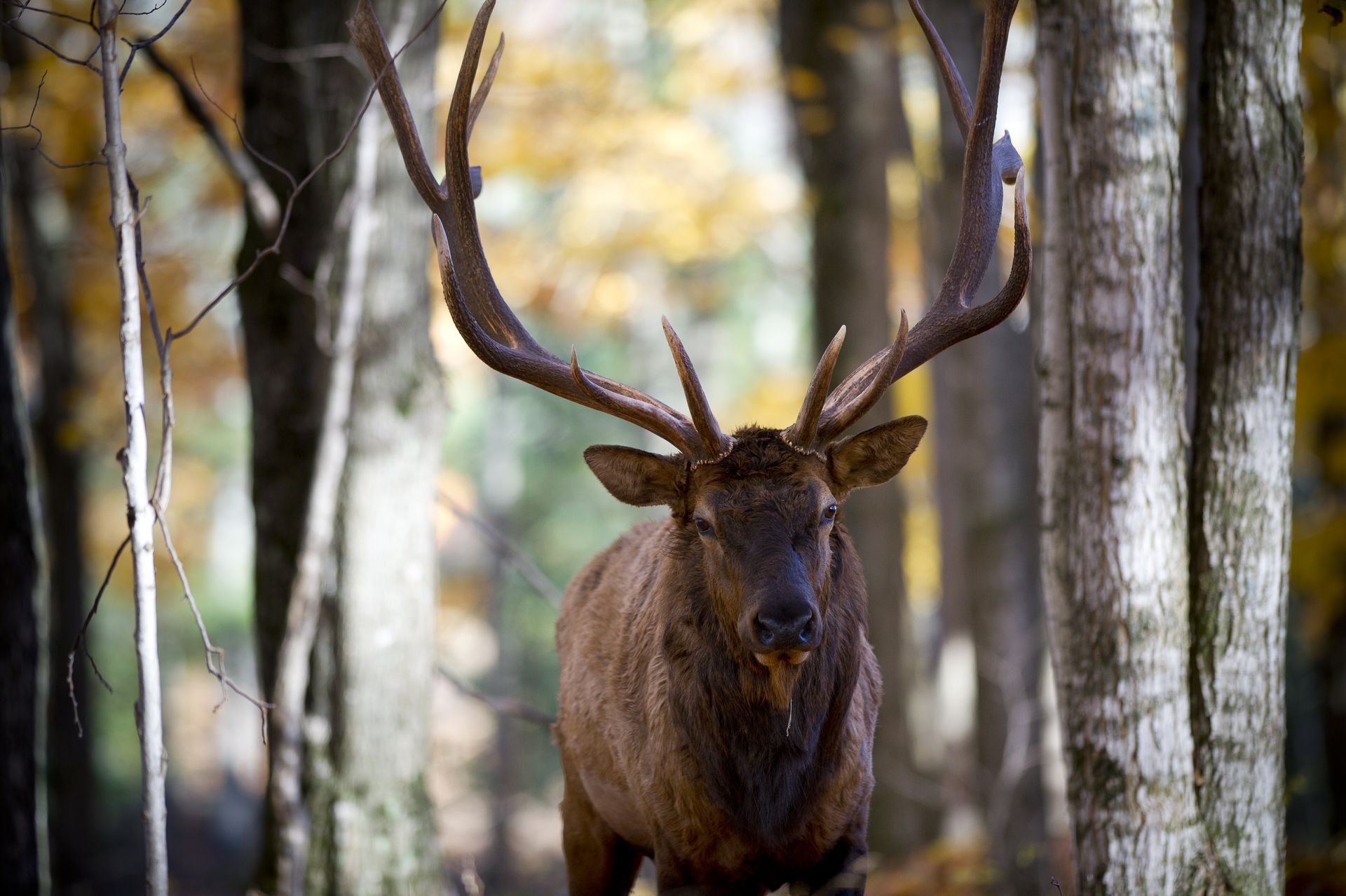In the Field: Cooperative Communication Part 2
There is an art to communication. Even though we interact with others every day, there is a difference between casual conversation and conscious communication. While some parts overlap, the latter requires more formal construction. If you haven’t already checked out Part 1 , please do. To summarize, conscious communication is the mindful use of information to convey a message to a diverse audience.
This challenges communicators to really think about how they are saying things. There are always at least two ways of saying things – but one is usually better than the other depending on the situation.
Example
You are addressing a group that is interested in deer management and a cooperative. Should your introduction be:
- “I am interested in starting a cooperative because I would like to pass younger bucks and in turn have more opportunity to shoot larger ones.”
- “I am interested in starting a cooperative so we can better manage the deer herd and habitat. As a result, we should see healthier deer overall and bigger bucks.”
Option 1 seems harmless and for the most part, it is. BUT if you consider your potential audience you may realize that this wording deters some people. Focusing a cooperative around antler size leaves room for assumption from potential cooperative members. The most common assumption is that a cooperative exists to tell people what they can and cannot shoot. While there can be internal suggestions for members, it is important to keep expectations realistic for everyone.
Option 2 starts from the basics but leads to the same reward. If you are managing deer according to adequate doe harvest numbers and improving habitat, you should start seeing larger bucks as a result. When your goals are stated this way you are allowing for a variety of management styles to shine through. Your focus as a leader appears to be focused on wildlife management as a whole. The most ideal thing you can do as a cooperative leader is to connect with others as hunters/outdoor enthusiasts.
Choosing an effective communication goal and identifying the objective you hope to achieve requires developing an awareness of possible messages and interpretations of messages in any…situation” (Goodall, Jr. Goodall and Schiefelbein).
So, how do you choose a communication goal? There are three things to consider:
Audience needs and expectations
Although you might be able to take a good guess at what your audience is interested in, and it might be the same thing as you, you won’t know until you ask. One of the first steps in starting a wildlife cooperative is approaching individuals with the idea. This is a good time to ask them about their thoughts on hunting opportunity in your area and get a feel for what interests them the most.
You can also have this same conversation during an initial meeting. Allowing everyone an opportunity to express their interests and opinions is a good way to build the bridge of goal setting.
Likely communication outcomes
Multiple thoughts on the table should lead to a discussion (not an argument!). Differences aren’t bad, remember that.
Group leaders should be prepared to help the group organize and prioritize goals based on member input. The good news is that’s part of my job as well. I always suggest that I come to initial meetings to help guide the conversation in a constructive way.
Take time to not only consider your talking points before the meeting but think about how the audience might respond as well. This could change how you want to present some information, similar to the example above.
The criteria in which you measure success
Once you have identified a group goal (or 2…) you can start thinking about how you’re going to get there. This usually includes short term goals or steps that can be accomplished along the way. Checking these things off the list is a great way to track progress. For example, if your cooperative is interested in improving habitat you must first get a baseline on the current habitat quality. Conducting a browse survey can give you this information along with knowing if your property is showing signs of overpopulation. Making these surveys annual can be a good tool to track progress.
If a cooperative is interested in improving wild pheasant populations, habitat is again the number one place to start. Cooperatives can complete a habitat evaluation survey that grades habitat quality and helps landowners make management decisions. Similar to the browse survey, completing the habitat evaluation annually also helps track accomplishments.
It is important to consider how a cooperative is going to reach its goals so that there is structure and everyone involved can feel confident in their purpose. Some of these suggestions seem tedious but you don’t have to overthink them. Simply put, consider your potentially diverse audience before making claims about the goals of the cooperative.
Once a cooperative is established and goals are in place the next step is creating a message and coordinating with others to continue the expansion of the cooperative. Stay tuned!
The post In the Field: Cooperative Communication Part 2 appeared first on Michigan United Conservation Clubs.
Recent Posts



